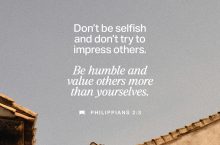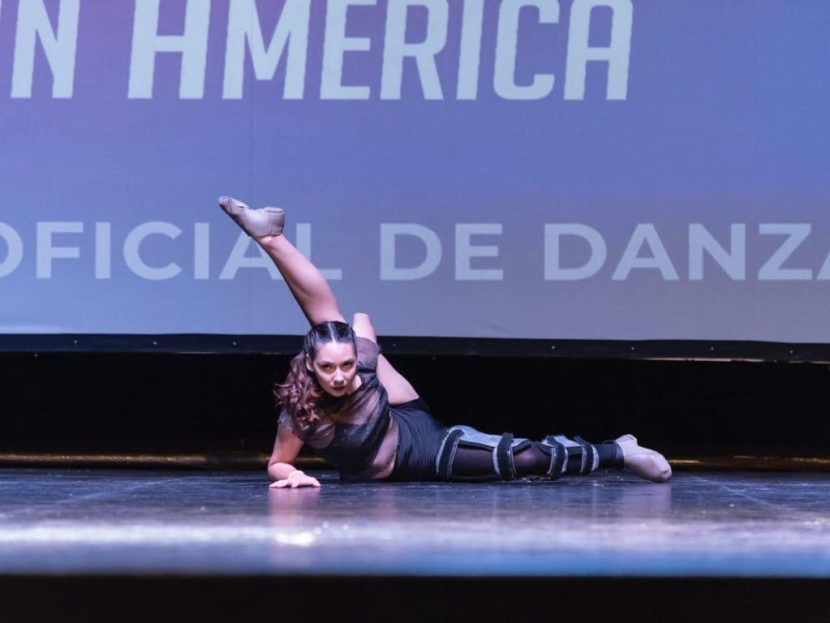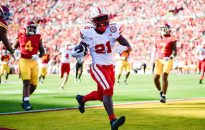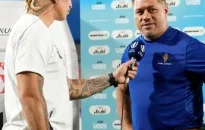Deaf and hearing-impaired athletes often compete at the same meets as their hearing counterparts. However, considerations for athletes with invisible disabilities are still insufficient. Now a reality, this device will be used in November at the Tokyo 2025 Deaflympics, the first international sporting event for deaf and hearing-impaired athletes in Japan. CONTINUED ADVOCACY The final color was […]
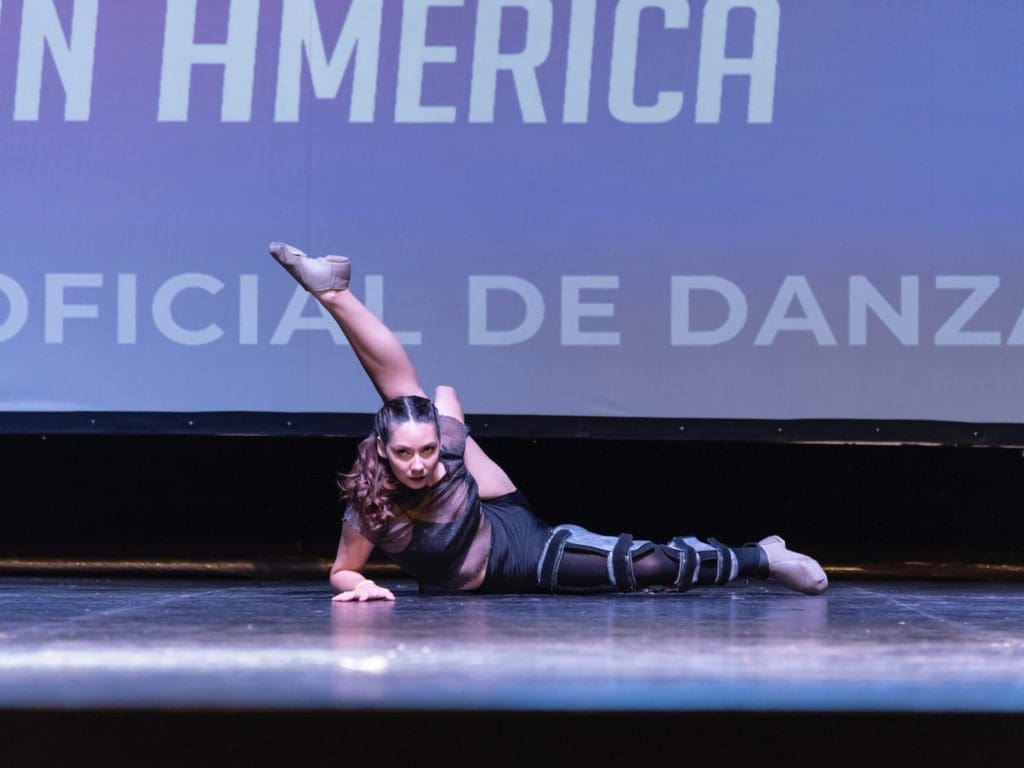

Deaf and hearing-impaired athletes often compete at the same meets as their hearing counterparts. However, considerations for athletes with invisible disabilities are still insufficient.
Now a reality, this device will be used in November at the Tokyo 2025 Deaflympics, the first international sporting event for deaf and hearing-impaired athletes in Japan.
CONTINUED ADVOCACY
The final color was initially white, but was changed to green so athletes could clearly see it in sunlight; this was one of many improvements during the development.
His enthusiasm paid off, and the product was adopted at the 2016 World Deaf Athletics Championships and other competitions. It was also commercialized in 2019.
Runners must break their starting position to visually check for these signals, which inevitably means they fall behind.
In track and field events, the only signals for the start of the race are the starter saying “take your mark” and firing a pistol—this puts deaf athletes at a disadvantage before they can even run.
Having been a sprinter himself in high school and in university, Takemi fully understood her frustration.
On that day, Takemi saw this delay in action when the student started a moment after her competitors. In the world of track and field, 0.1 second can determine the outcome of a race.
“Since you have been able to do it until now, a pistol is sufficient,” one person said.
The pivotal moment occurred when a female student, who previously won a deaf championship, was competing in a sprint alongside hearing athletes.
So, if this device was not accepted at Japanese competitions, he would go overseas.
Takemi pitched his creation at international meets abroad, gesturing his way through the language barrier to supplement English explanations.
He learned sign language on his own, thinking, “I want to talk with this person.”
Masahisa Takemi, 50, is the adviser of the track and field club at the Tokyo Metropolitan Chuo School for the Deaf in Tokyo’s Suginami Ward.
Takemi was assigned to the school for the deaf in his ninth year as a physical education teacher. At first, he struggled because he did not understand sign language, but he was supported by a senior deaf teacher who was always cheerful and warmly encouraged him.
Although he feels what he can do is limited, he says he wants to help eliminate disadvantages faced by deaf athletes in any way he can.
Takemi kept wondering if he could do something to improve things. Using all his connections with acquaintances, he seized an opportunity to collaborate with a Tokyo-based sports device manufacturer.
When presented the option to transfer to a standard school, he chose to stay after thinking of his students and colleagues who needed him.
They created palm-sized prototypes and brought them to meets. However, the reactions from track and field officials and advisory teachers from other schools were cold.
Since around 2011, they began developing a light that signals the start of a race. There were already lights made overseas, but those were too large and bothered runners.
The device is placed in front of the athlete’s starting block. It glows red for “on your mark,” yellow for “get set,” and green for “go.”
Seeing one of his students’ frustration at a meet would send him in pursuit of a long-held goal.
It began with tears some 15 years ago.
DEVELOPMENT & DISMISSAL
Twenty years have passed since then.
“I practiced so hard, but this is impossible,” she said after the race, crying. “I don’t want to compete in races for hearing people anymore.”
“Don’t rely on this kind of thing,” another told him. Takemi often received disparaging remarks.
“I am a hearing person after all,” he said. “I don’t know the real hardships.”
“I want to create a starting light for deaf track and field athletes,” Takemi said.






